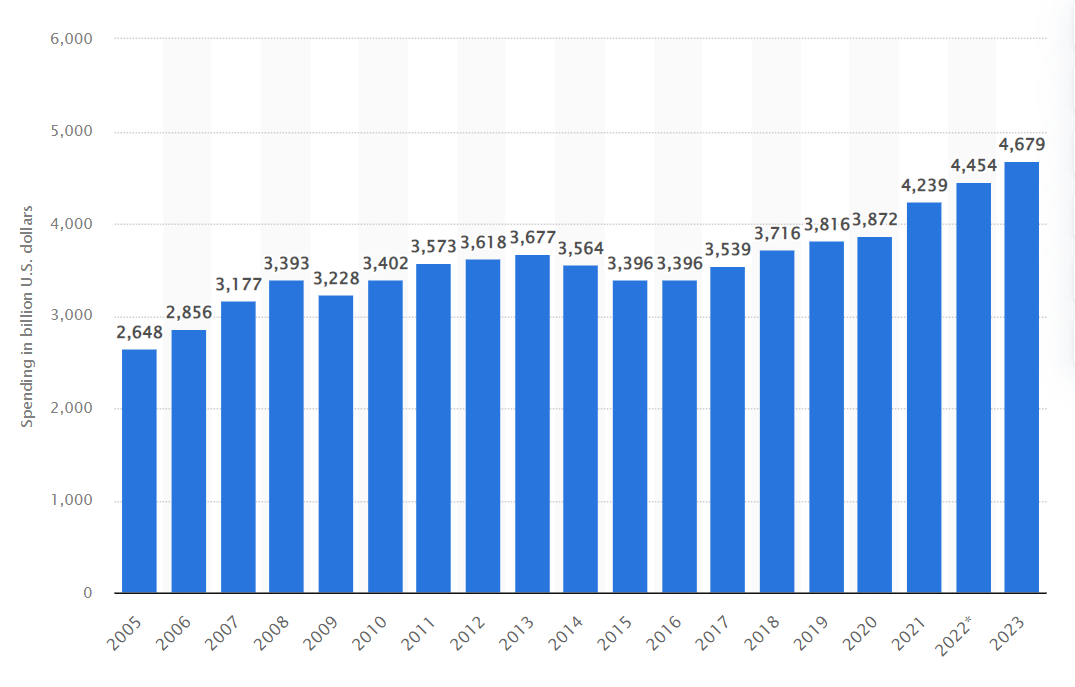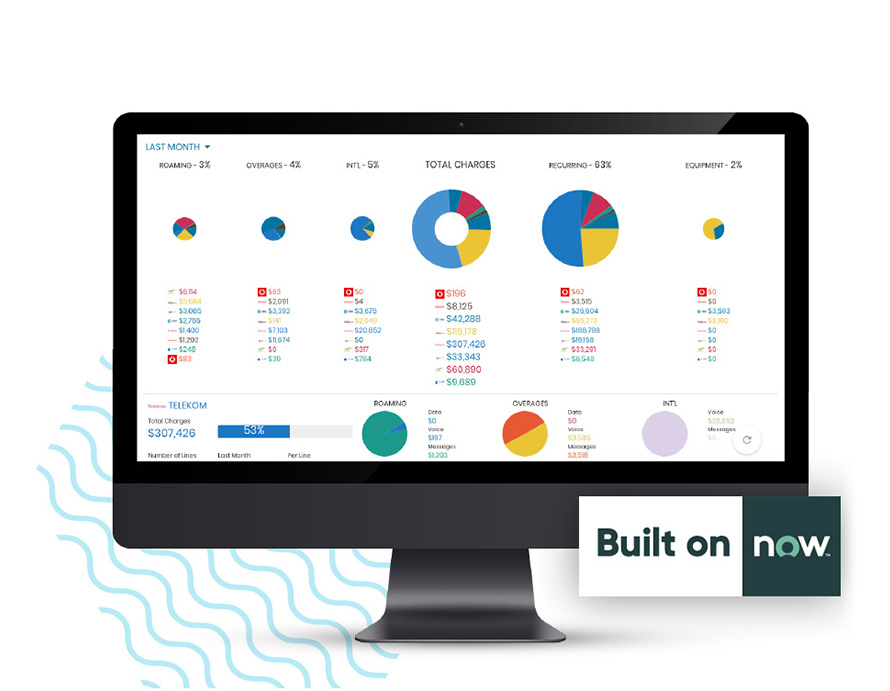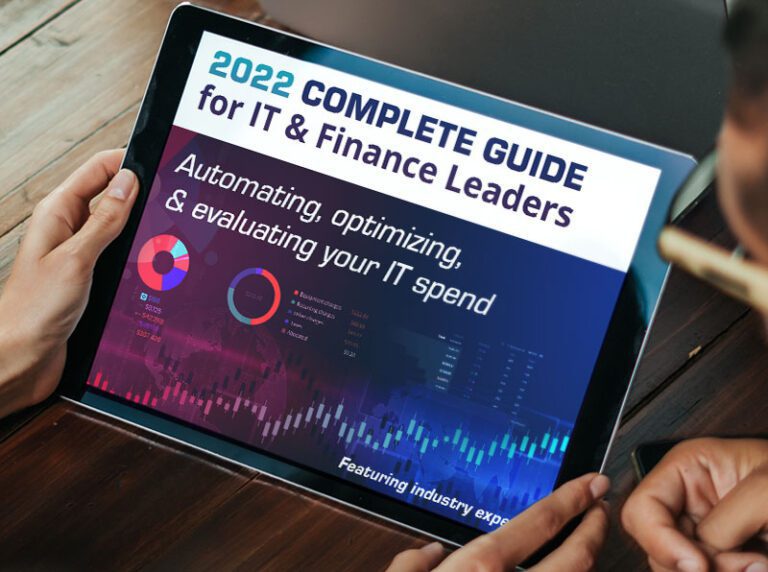Introduction to the ITFM Process
The IT financial management process is important for both the IT department and upper-level management in a company. It helps set clear policies and procedures to ensure the businesses work closely with IT to maximize its investments.
In order to be effective, it includes processes for collecting and analyzing information from different stakeholders and audience. With the help of purchase drivers, you can improve your ITFM process.
ITFM tools help:
- Collect data on IT spending and consumption. To build a transparent, IT cost model using such data.
- Set up a variety of perspectives of IT cost by asset class and usage.
- Manage IT budgets and planning.
- Process resource consumption statistics to help allocate IT costs. Data on IT spending should be segmented by technical function and service.
Purchasing drivers for ITFM are a vital component of an organization’s overall strategy, as this can impact IT costs in several ways. Some familiar purchasing drivers include demand for IT services, compliance mandates, and changes in business requirements.
To effectively manage IT costs and maximize your IT investments, you’ll need to be aware of these purchasing drivers and consider them when making IT-related decisions.
Instead, IT managers and leaders need to be aware of the various purchasing drivers that impact IT costs to make informed decisions about IT investments and spending.
IT spending graph from Statista

Key Outcomes of IT Financial Management
Demonstrate Business Value of IT: ITFM tools provide IT leaders with valuable cost data that they can use to evaluate IT investments, track costs over time, and justify IT budgets. Demonstrating the business value of IT is essential for IT leaders who want to earn a seat at the table and be involved in strategic decision-making.
Optimizing IT Costs: ITFM can help IT organizations optimize IT spending, become more efficient, and maximize IT investments. Suppose you want to improve your IT financial management process and achieve these key outcomes.
In that case, it’s essential to understand the various purchasing drivers that impact IT costs. With this knowledge, you’ll be better equipped to make informed decisions about IT investments and budgeting.
Manage IT Demand: Having value-based pricing and consumption options helps IT organizations manage IT demand effectively. IT leaders need to offer IT consumers a variety of choices regarding purchasing IT services and products.
Each choice should have a corresponding price point that reflects the value of the IT service or product.
Demonstrate Compliance: ITFM tools can help IT organizations demonstrate IT compliance in various ways, such as tracking IT costs, monitoring IT spending and usage, and measuring IT service delivery.

IT Financial Management Purchase Drivers
Although ITFM is widely acknowledged for its importance, it is rarely put into practice. Consequently, IT companies must constantly re-validate the value of IT in proportion to its cost because many different factors can impact IT costs.
Some of the most common purchasing drivers include:
- IT Service Demand: One of the most common purchasing drivers is IT service demand. As businesses become more reliant on technology, they demand more IT services. This increased demand can lead to higher IT costs. Organizations must invest in additional hardware, software, and staff to meet the demand.IT leaders need to be aware of this purchasing driver and consider it when making IT-related decisions.
- Compliance Mandates: Another everyday purchasing driver is compliance mandates. Organizations must comply with various regulations, such as Sarbanes-Oxley (SOX), HIPAA, and PCI DSS. These compliance mandates can impact IT costs, requiring organizations to invest in additional hardware and software, hire other staff, and undergo regular audits. IT leaders need to be aware of these compliance mandates and consider them when making IT-related decisions.
- Changes in Business Requirements: Another common purchasing driver changes in business requirements. Businesses change over time, and their IT needs change as well. As a result, IT organizations must continually adapt to these changes, impacting IT costs. IT leaders need to be aware of these changes and consider them when making IT-related decisions.
Managing technology expenditures with the intent to provide the business and the IT organization with a common platform to measure services while also planning for future investments that optimize technology spending and business performance is essential for IT leaders.
In fact, by 2024, 70% of CIOs will have a dedicated ITFM system or tool to help clarify and analyze total IT spending. By being aware of these purchasing drivers and considering them, IT leaders can ensure that IT costs are optimized, efficient, and aligned with business needs.
2022 IT and Finance Leaders Guide to ITFM
IT financial management helps companies gain more visibility into their spending, better control costs, and maximize value from IT. As you explore the different strategies for implementing ITFM, take time to understand your overall goals and strategy, gather feedback from your team, and iterate on them.
This process of experimentation and reflection will help you arrive at the best solutions for your business and ensure that your investment in ITFM pays off in a big way.
With brightfin, IT leaders can be assured that they optimize IT costs and drive business value. Learn more about Brightfin today and get started on your ITFM journey.






